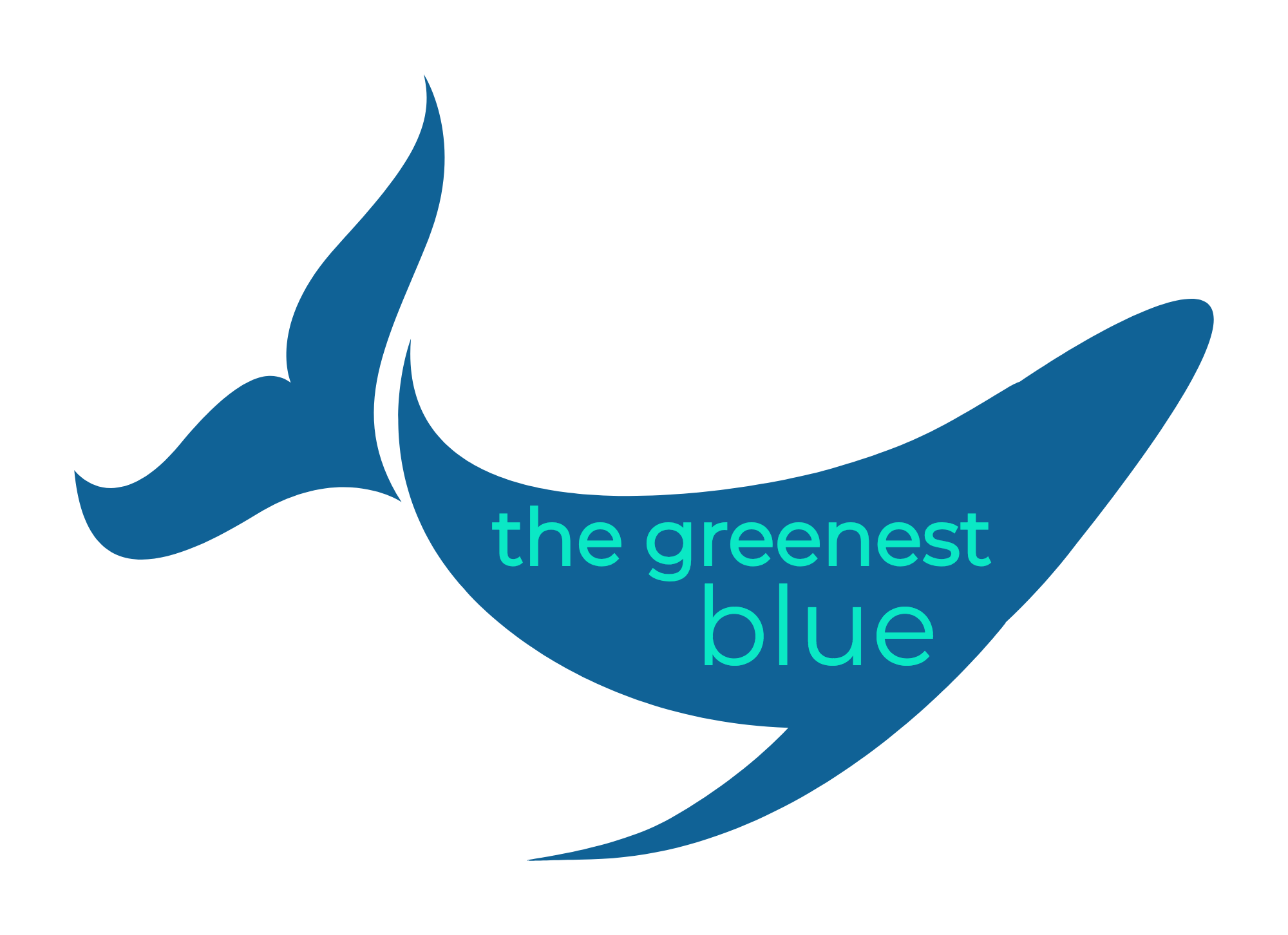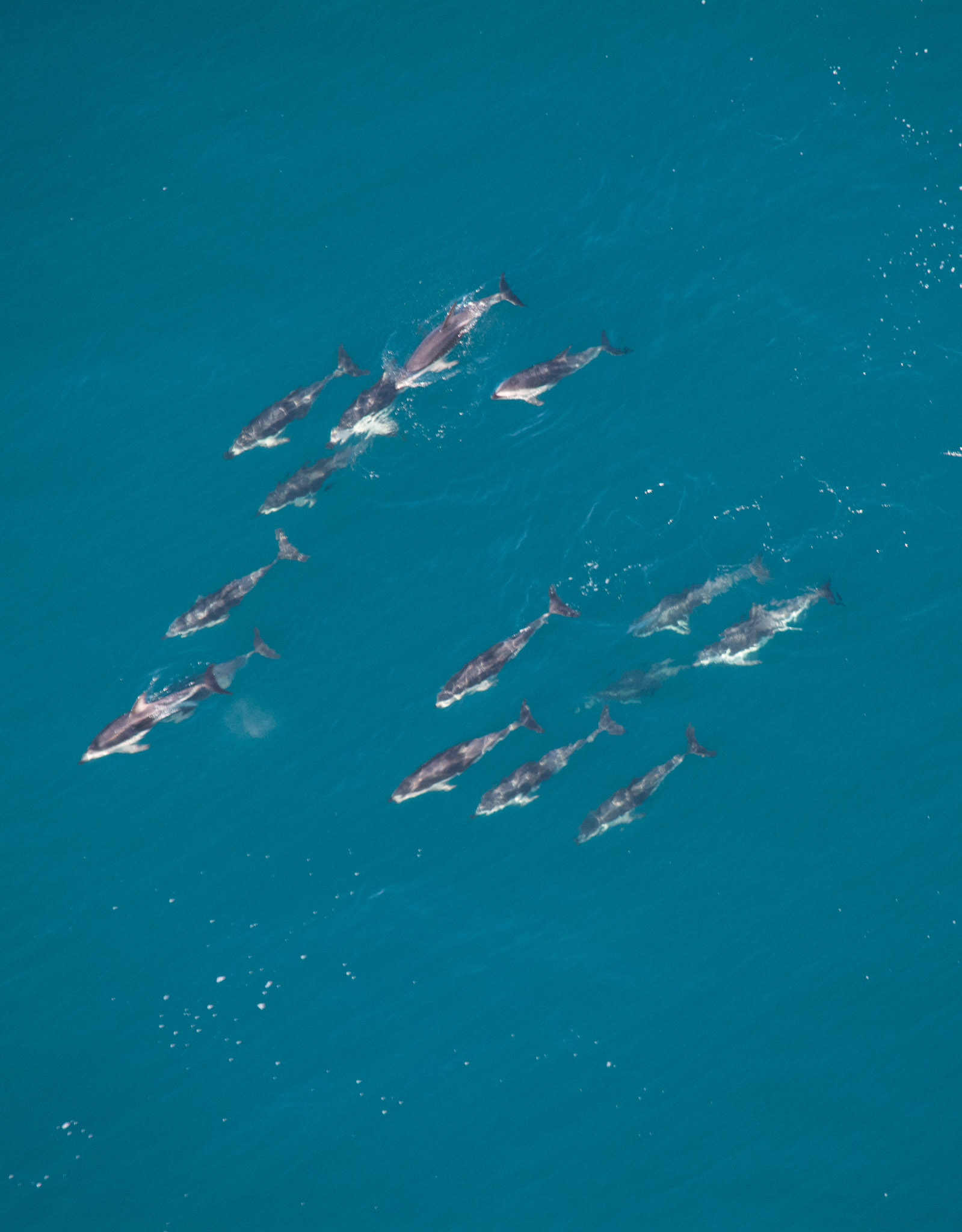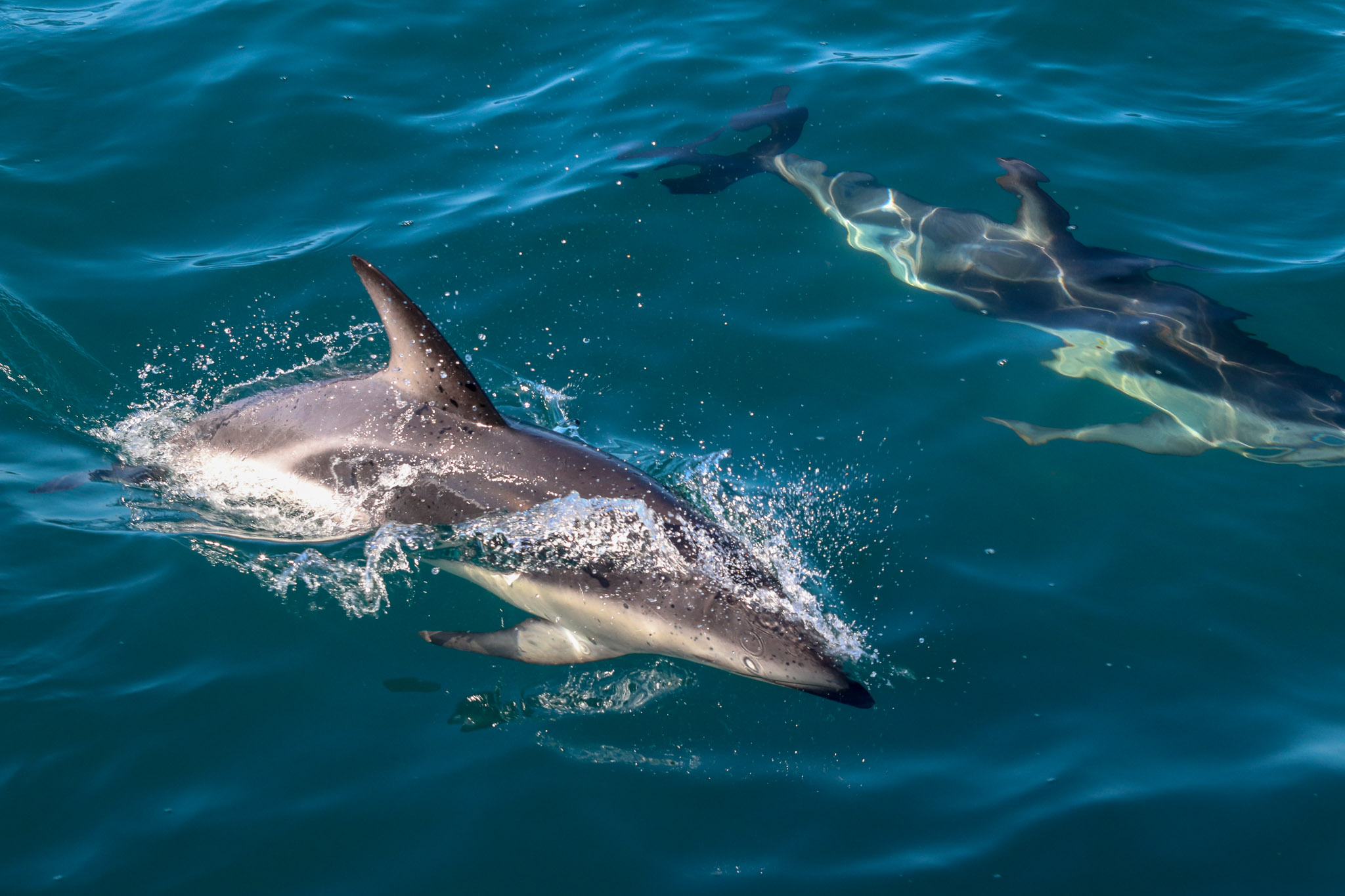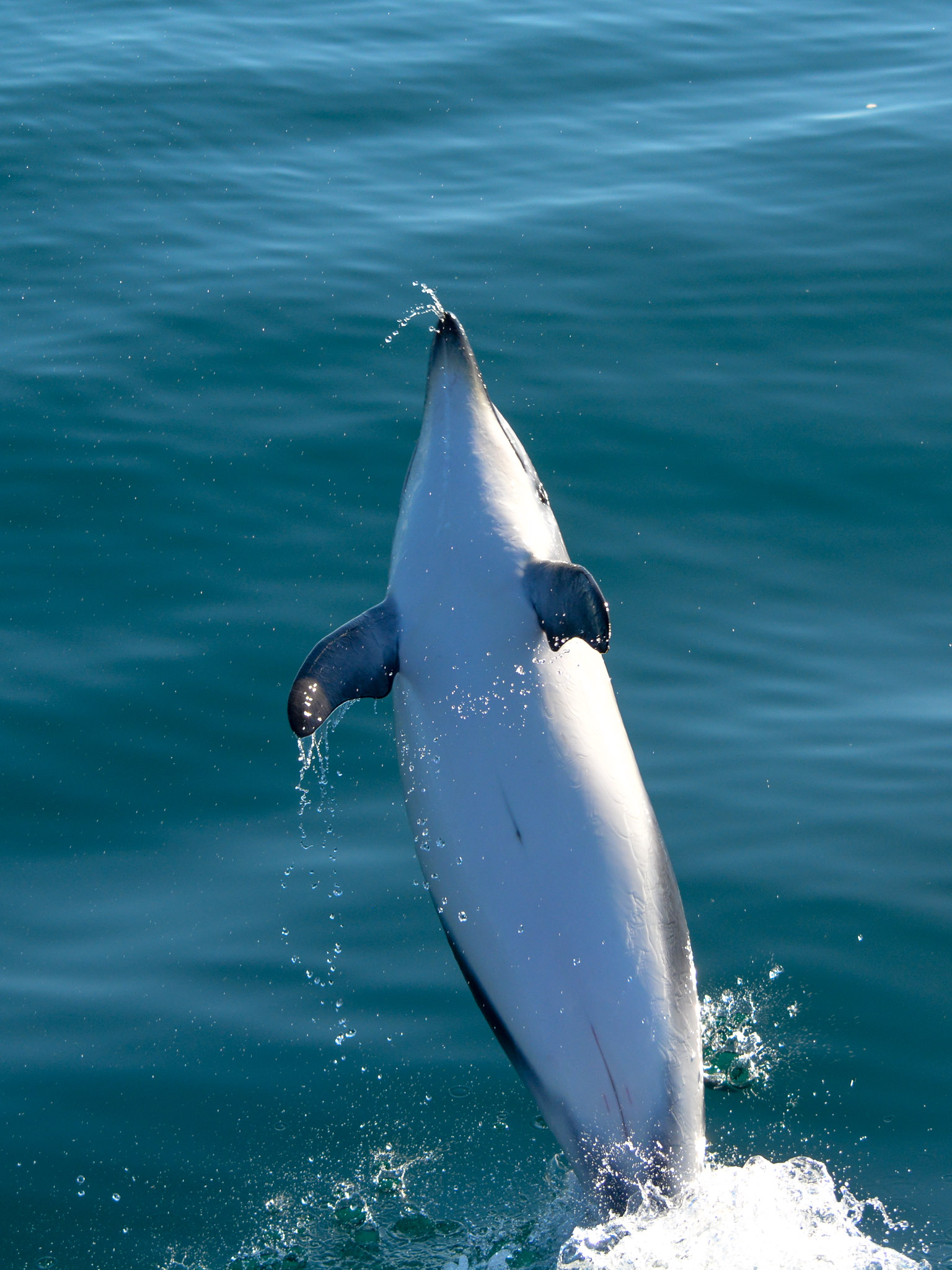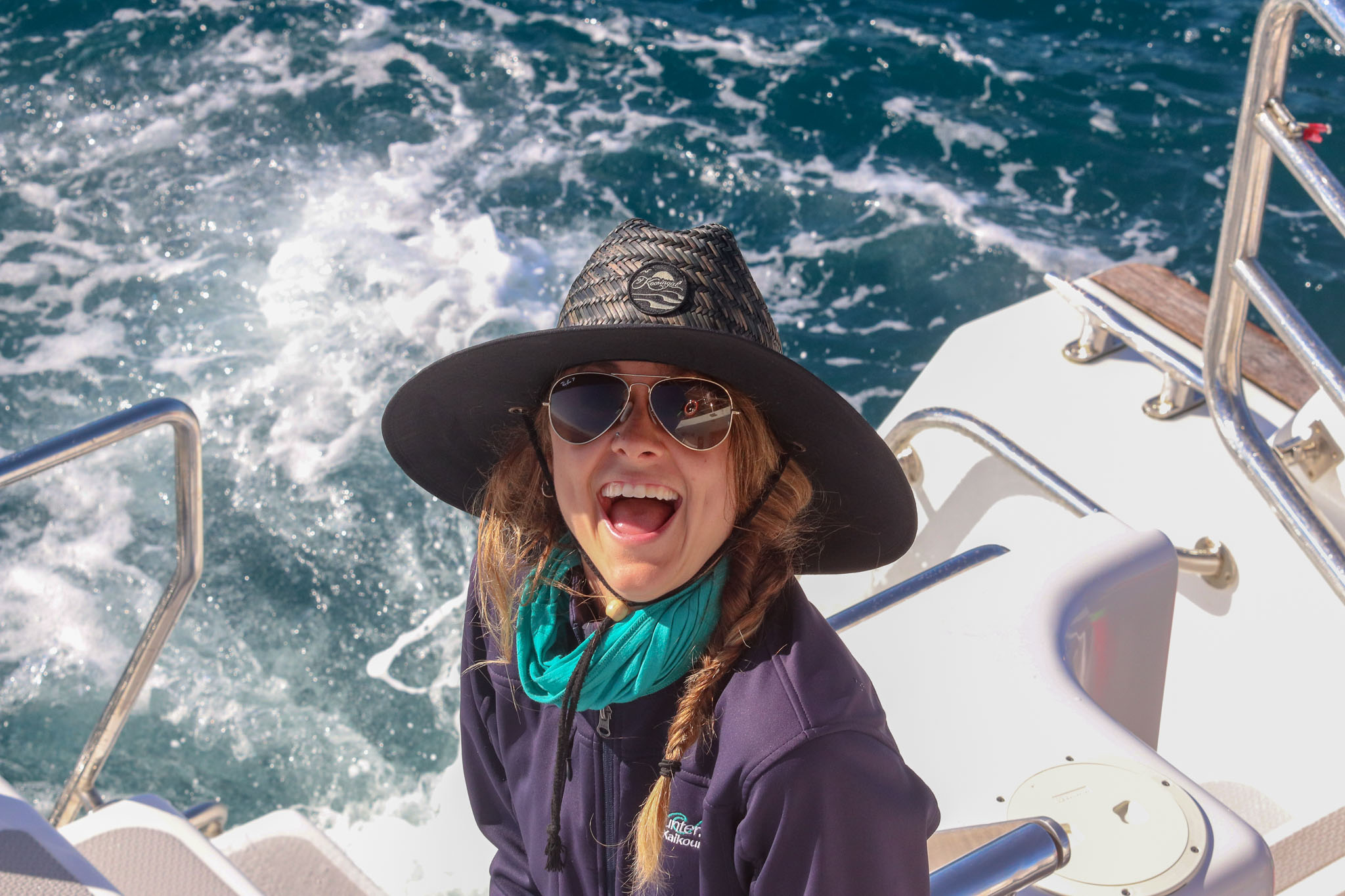Five Fun Facts About Dusky Dolphins & Why I Think Swimming With Them is Ethically A-OK
I haven’t written in a while and I feel like I want to share what’s going on in the marine world of dusky dolphins! I’d never really heard much about the species before I moved down to Kaikoura (they’re just found in the southern hemisphere) and I thought all my bros and ladies up in the northern hemisphere might be a bit curious about the dolphins that have been an almost-daily part of my life since moving down to New Zealand.
First off, here’s why marine mammals rock: they live in the ocean full-time but they have to BREATH AIR. Do you know how inconvenient that must be? These animals have risen to the challenge with the help of evolution and they are rocking those blowholes and myoglobin-rich muscles like nobody’s business. Eight minute dive for a dolphin? No problem. Me? Dead.
Five Crazy Fun Facts About Dusky Dolphins
1) They are part of the genus Lagenorhynchus, which contains six species total. They all share the characteristics of a relatively short rostrum, stocky body shape, and a schnazzy body coloration made up of bands and stripes in multiple hues. Like rainbow dolphins. Magic.
2) They can see in the dark without their eyes. Really. Thanks to echolocation, these acoustically-savvy mammals can forage for their prey at night by 1) emitting clicks from their foreheads (there’s a special organ in there called the melon) 2) receiving the returning echo in their lower jaw and then 3) the sound is transmitted to the inner ear and to the brain through fatty tissue layers. They then interpret the sound and it helps them form a 3D image of what’s happening around them. WHOA. Check out more here.
3) They are the world’s most insane acrobats. The first time I saw the dolphins in Kaikoura, I was mindblown. Firstly, it is quite normal for them to travel and socialize in pods of several hundred. Second, it’s also quite normal for them to spend a good part of their day backflipping, tail-slapping, and cartwheeling through the air. If there were Dolphin Olympics, these guys would nab the gymnast gold.
4) They are very, very into sex. They mate just for fun, and very few species do this! Mating pods usually consist of one female with a few male suitors, and it appears that quickness and agility, rather than physical strength, are the main factors determining male reproductive success. What a rich social life these cheeky critters have ;)
5) We have no idea what their conservation status is. That means they’re not listed as endangered, or threatened, but we have limited population information about them and unfortunately, there’s a high level of dolphin deaths from dolphin hunting (not in NZ, but other countries do harvest dolphins UGH!) and fisheries by-catch. What can tourism do to help? It encourages communities to preserve healthy dolphin populations because of the economic benefits (unfortunately, yes, this is money-driven, but sometimes this is what people go for) and also raises appreciation for marine wildlife amongst the visiting tourists. It could spark a lifelong mission to protect the big blue! HOLLAH.
The Ethics of Wild Dolphin Swims
Many people who come to swim with dusky dolphins in Kaikoura admit that they’ve swam with dolphins before - but never like this. They mention “in a lagoon” or “in a pool” in places like Hawai’i, Jamaica, or the Dominican Republic, with two or three dolphins. What that really means is they’ve gone swimming with dolphins in captivity. Sad face.
Dolphins are incredibly intelligent creatures. They can travel many miles in a day and rely on their pods for socializing, mating, hunting, and traveling. Ripping them away from all of that and training them to “kiss you on the cheek” like many domesticated dolphins in captivity just SUCKS. It’s not right.
A much better option ethically is to go swimming with them in the wild, but with a company that executes this in an eco-friendly manner. I can certainly vouch for Dolphin Encounter in New Zealand. They’re the only company currently operating dolphin swims in Kaikoura, and they follow rules about speed limitations and how many swims they can do per tour and how many tours per day. It doesn’t feel invasive. You really do have to experience it for yourself, but when you’re swimming, you in no way feel like you’re imposing yourself on the dolphins or their natural behavior. They actually stop to play and interact with you! Once you look a dolphin in the eye and dance with it….there’s no going back. You’ll be changed. Converted. Soul-struck. Seriously. Come do it.
Duskies definitely love to play. They love to jump. You’ll leave the tour feeling like you’ve made two hundred new friends. It’s grand. And many people also leave with a sense of appreciation for the marine environment, and a stronger desire to protect it by changing their lifestyle. HELLO, Greenest Blue mission statement.
That being said, there’s certainly places in the world where you can go swimming in a very NON eco-friendly manner, even if you’re doing it in the wild. The point is, you need to do your research if you’re embarking on an eco-tour. “Eco” doesn’t really mean anything in this day and age. The word is thrown around like hotcakes in an American diner. We should all have a chance to experience the magic of dolphins, though, so cheers to those of you who are wild and adventurous and love dolphins as much as me and the rest of the team at Dolphin Encounter!
